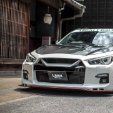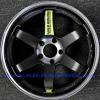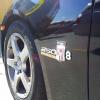Pod vs panel filter
Announcements
-
Similar Content
-
Latest Posts
-
By PaulReeves.com - GPOWER.TV · Posted
Please let me know if anyone has seen my black Nissan Skyline 350GT-8 taken from Robe Terrace, Medindie, SA suspect taken between end of March to early April 2025! Have called impound yards & tow truck operators, no where to be found while I was away overseas! Plates DXPRS1 custom dark green on yellow back. Has a rear lip boot spoiler on the back as well. -
By davemoto63 · Posted
Hey new to forum and about to pull the trigger on a Stagea.. I'll post up some pics and questions (I have many..) in another thread. Hope to hear from 4 door wagon owners for advice.. dave moto63 -
It'll only be as clunky as you are with the clutch pedal...
-
Beautiful day...but no time to do a proper update this morning.....
-







Recommended Posts
Create an account or sign in to comment
You need to be a member in order to leave a comment
Create an account
Sign up for a new account in our community. It's easy!
Register a new accountSign in
Already have an account? Sign in here.
Sign In Now